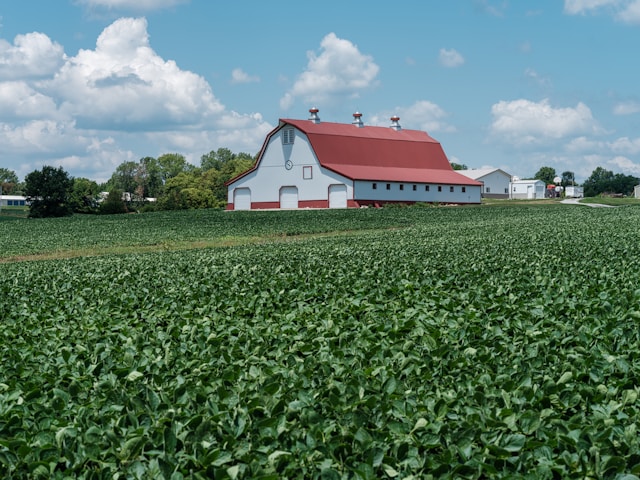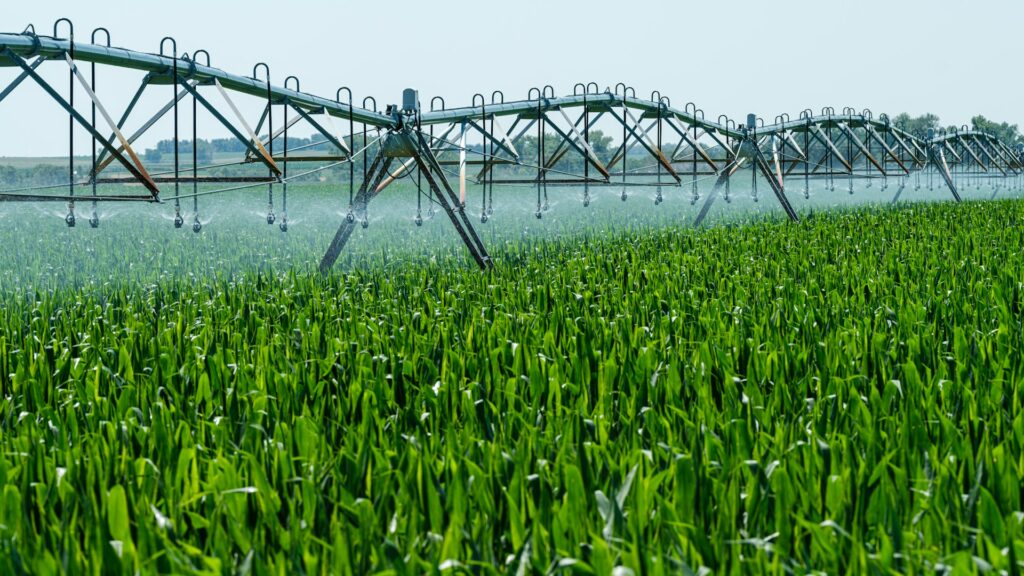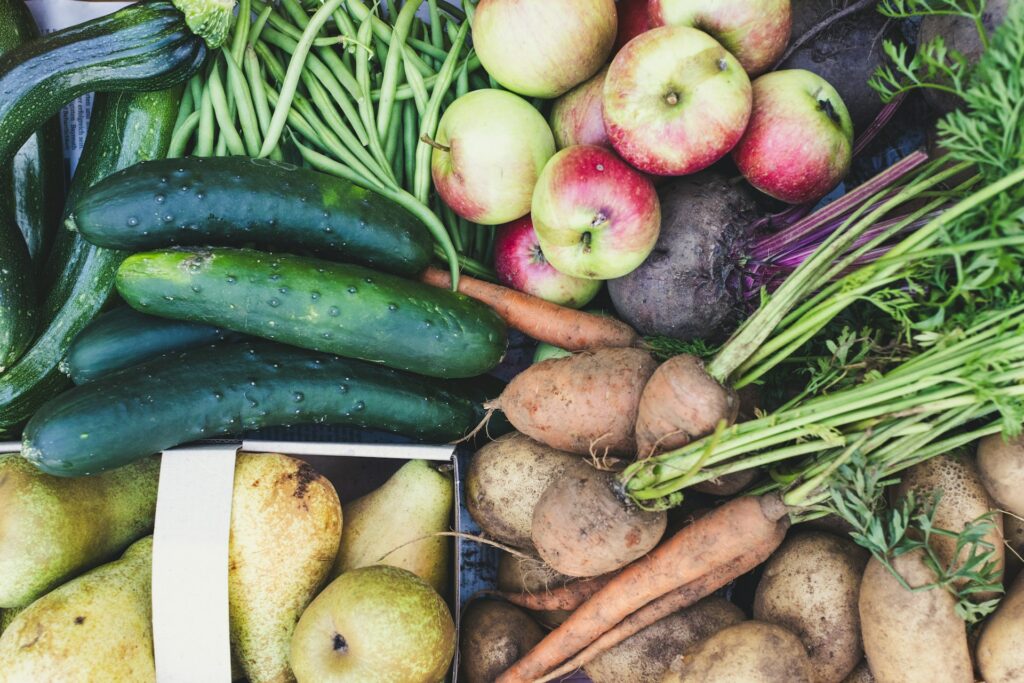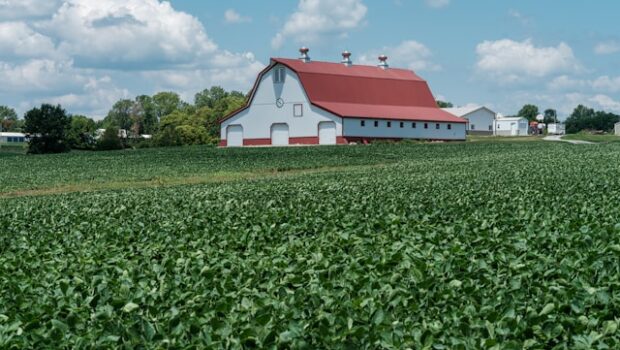Understanding the Influence of Different Agriculture Practices on Food Quality
Agriculture has long been the backbone of both French and American cultures, deeply influencing their identities, economies, and ways of life. In France, farming preserves the rich heritage that shapes the country’s world-renowned cuisine and traditions. Similarly, in the U.S., agriculture plays a crucial role in sustaining food quality and supporting the economy, with its vast, diverse farmlands contributing to the nation’s global influence. As French Quarter Magazine continues to explore topics that resonate with both cultures, this article dives into the impact of agricultural practices on food quality, focusing on the U.S. as we reflect on how farming methods shape what we eat and, ultimately, who we are. Understanding these practices is essential in appreciating the shared commitment to preserving both heritage and sustainability through farming.
Agricultural practices greatly influence the quality of the food we eat. The methods farmers use to grow crops, and the chemicals they apply can significantly affect the nutritional value, taste, and safety of our meals.
Statista highlights that the agriculture sector has added over $200 billion annually to the U.S. GDP in recent years. In 2023 alone, agricultural exports exceeded $170 billion, showcasing the industry’s global reach. Thanks to the U.S.’s diverse climate and resources, crops like corn and soybeans continue to thrive, with soybean production steadily rising.
Each decision made in the farming process matters, from choosing planting techniques to managing pest control. With an increasing number of consumers prioritizing health, it’s vital to understand these impacts. As we navigate our food choices, knowing how agricultural practices shape food quality becomes essential. This awareness empowers us to make informed decisions about what we put on our plates.

Traditional Farming Methods and Food Quality
Traditional farming methods, often referred to as conventional agriculture, have been the cornerstone of food production for centuries. These methods usually include monocropping, which is the repeated cultivation of one crop on the same plot of land. Although this method can enhance yields in the near term, it depletes soil nutrients and makes the plant more susceptible to illnesses and pests.
Heal the Planet notes that monocropping spans a massive 442 million acres of farmland in the U.S. alone. Just nine plant species make up nearly two-thirds of the country’s total crop production. This heavy reliance on a few crops highlights the growing concerns around biodiversity and sustainable farming practices.
As a result, farmers may resort to synthetic fertilizers and pesticides to maintain productivity, which can affect the nutritional quality of the crops. Moreover, over-reliance on monoculture can diminish biodiversity, impacting the ecosystem’s health and, ultimately, the quality of the food produced.
In contrast, incorporating crop rotation and cover cropping can enhance soil health, leading to improved nutrient availability and better food quality. Understanding the implications of these traditional practices is essential for consumers who prioritize nutrition and sustainability in their food choices.
Can monocropping contribute to climate change?
Yes, monocropping can accelerate climate change by depleting soil carbon and reducing biodiversity. Poor soil health increases carbon emissions, while reduced biodiversity weakens ecosystems’ resilience to climate shifts. Sustainable practices, like crop rotation, can mitigate these effects and promote climate-friendly farming.
The Controversial Role of Herbicides
Herbicides are widely used in agriculture to control weeds and improve crop yields, but their use is increasingly controversial due to potential risks. Glyphosate, one of the most common herbicides, has been linked to various health concerns, including cancer, leading to significant public outcry and legal battles. The application of herbicides can also disrupt soil health and biodiversity, affecting the microorganisms that contribute to nutrient cycling and overall ecosystem vitality.
ScienceDirect reports that another pesticide that has drawn attention because of possible health concerns is Paraquat. Research indicates that Parkinson’s disease and respiratory disorders, among other major health concerns, may be associated with Paraquat exposure. These herbicides’ use begs serious concerns about the long-term viability of agricultural methods that significantly rely on chemical interventions.
According to TorHoerman Law, as the health risks linked to herbicides like Paraquat become increasingly apparent, numerous lawsuits have emerged against their manufacturers. Many individuals affected by exposure to these chemicals have sought legal recourse, claiming that their health issues are directly linked to these herbicides. These lawsuits often argue that companies failed to adequately warn consumers and farmers about the potential dangers of their products.
An update from Drugwatch mentions that as of October 2024, 5,883 Paraquat lawsuits are pending across the legal system in Illinois federal court. In total, 7,000+ claims have been filed in Illinois, reflecting widespread legal action against the manufacturers being targeted in the Paraquat lawsuit. Meanwhile, a separate set of lawsuits is advancing in the Philadelphia Court of Common Pleas, adding further momentum to the legal battle.

What are the alternatives to chemical herbicides?
Alternatives to chemical herbicides include organic farming techniques like mechanical weeding, crop rotation, and using cover crops. These methods improve soil health, reduce chemical dependence, and enhance biodiversity. Implementing natural weed control methods can also lower environmental risks and contribute to more sustainable farming practices.
The Impact of Genetically Modified Organisms (GMOs)
Debates over GMOs’ impact on food quality have emerged as a result of their growing role in contemporary agriculture. GMO crops are those whose genetic makeup has been changed to boost certain qualities, such as increased production or pest resistance. Critics express worries about the long-term impacts of GMOs despite proponents’ claiming that they can boost food output and farming efficiency.
Studies on the nutritional differences between GMO and non-GMO crops have shown mixed results. While some research indicates no significant difference, others suggest subtle variations in nutrient content. Additionally, the heavy use of chemical herbicides and pesticides often accompanies GMO farming, raising concerns about chemical residues in food. For consumers seeking higher quality, understanding the presence and impact of GMOs in the food supply is key to making informed decisions.

Are GMOs regulated differently in various countries?
Yes, countries have varying regulations regarding GMOs. In the European Union, GMOs face strict regulation and labeling requirements, while in the U.S., GMOs are widely accepted with less stringent labeling. These various rules reflect different public opinions and concerns about GMOs’ possible health and environmental dangers.
The agricultural practices we choose greatly impact the quality of our food. Each method, from traditional farming to modern technologies, has its pros and cons. Understanding these factors helps us make better food choices. While monocropping and heavy chemical use may yield short-term benefits, they often harm long-term sustainability and nutrition.
Sustainable methods such as crop rotation, organic farming, and the ethical use of genetically modified organisms open the door to more healthful food systems. We can promote a future where food quality and sustainability thrive together, benefiting both our health and the environment by supporting these methods.
Header Photo Credit: Photo by Lumin Osity on Unsplash























I love the information; i never thought about it; thank you so much